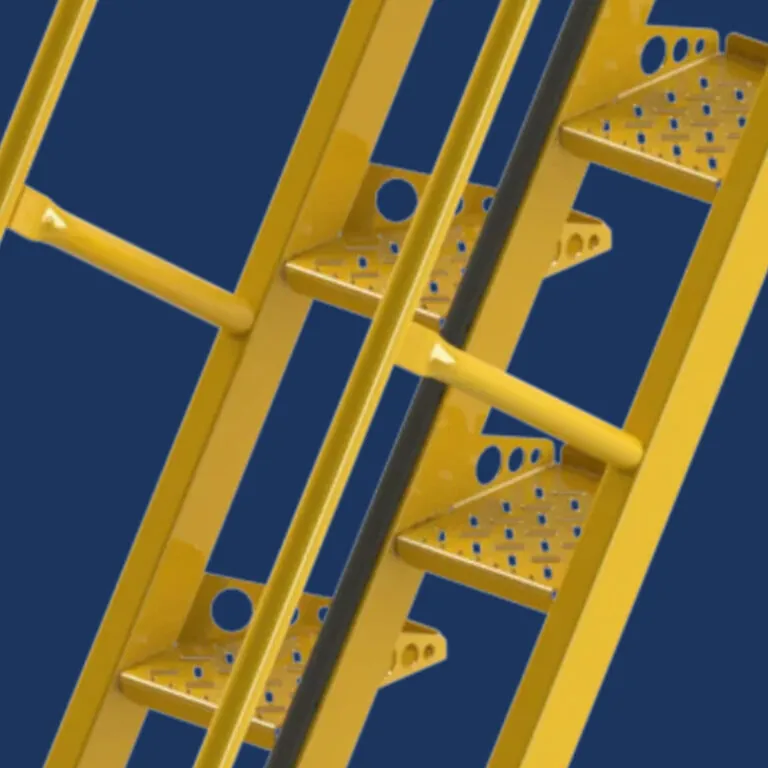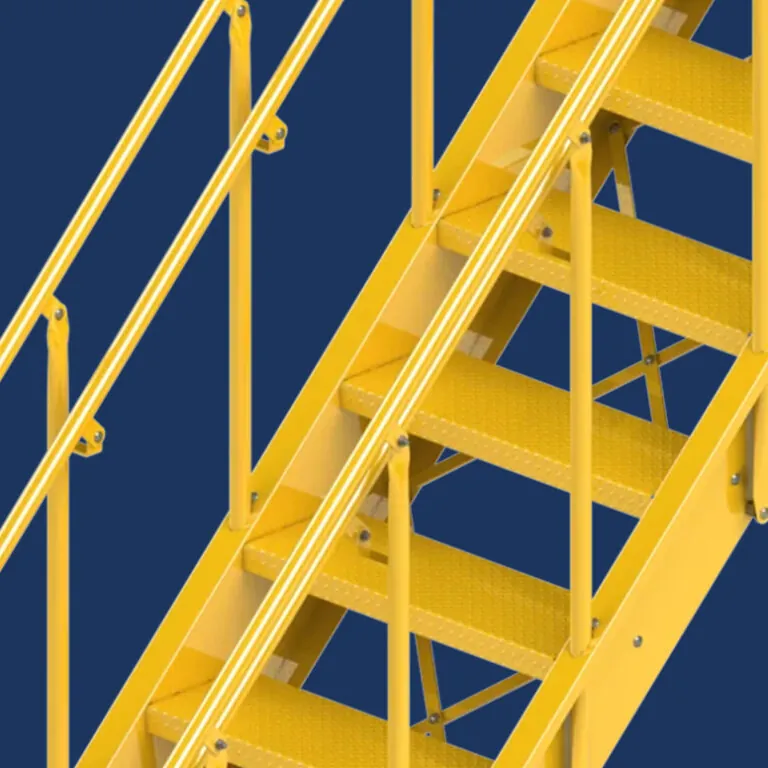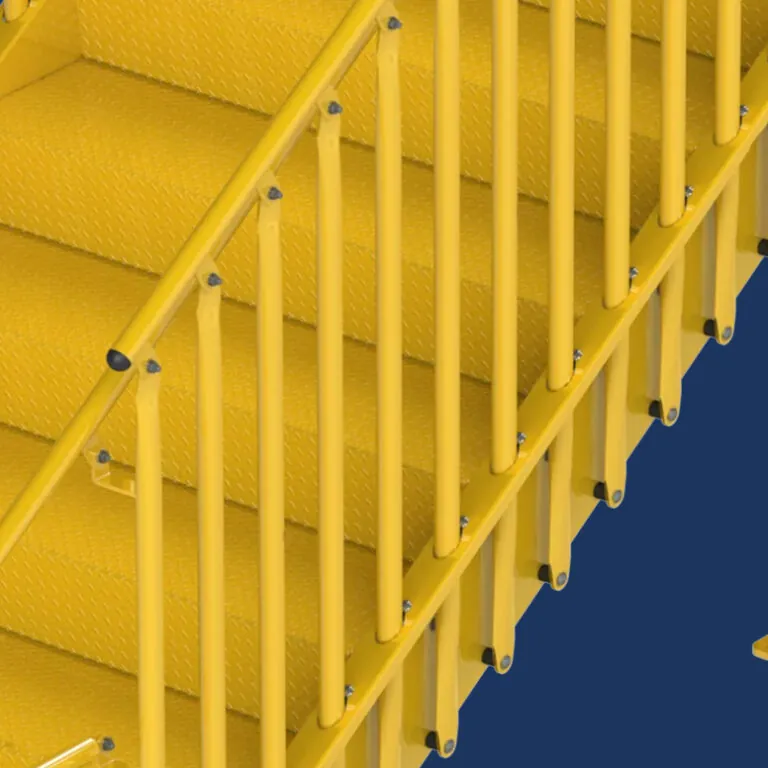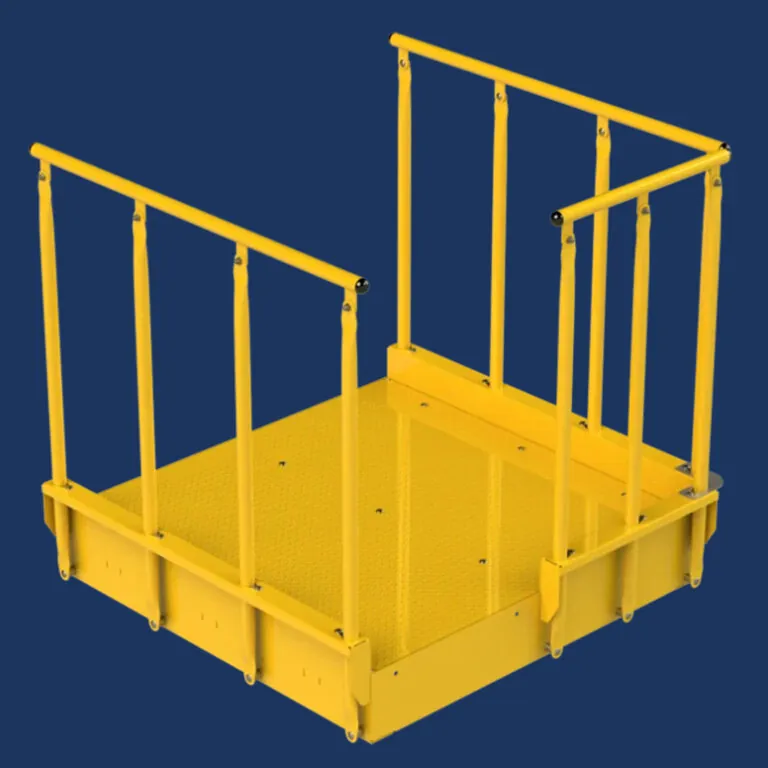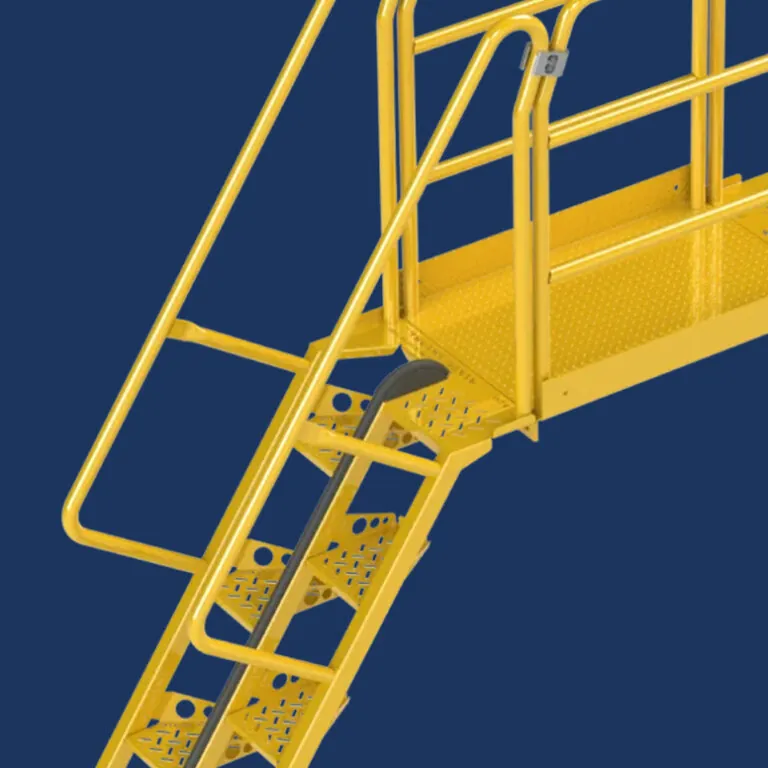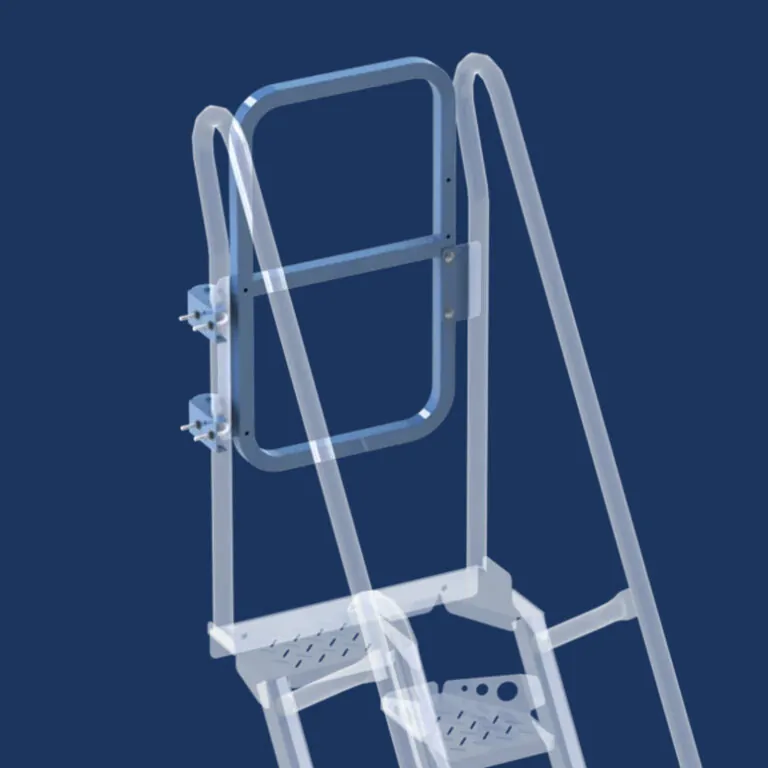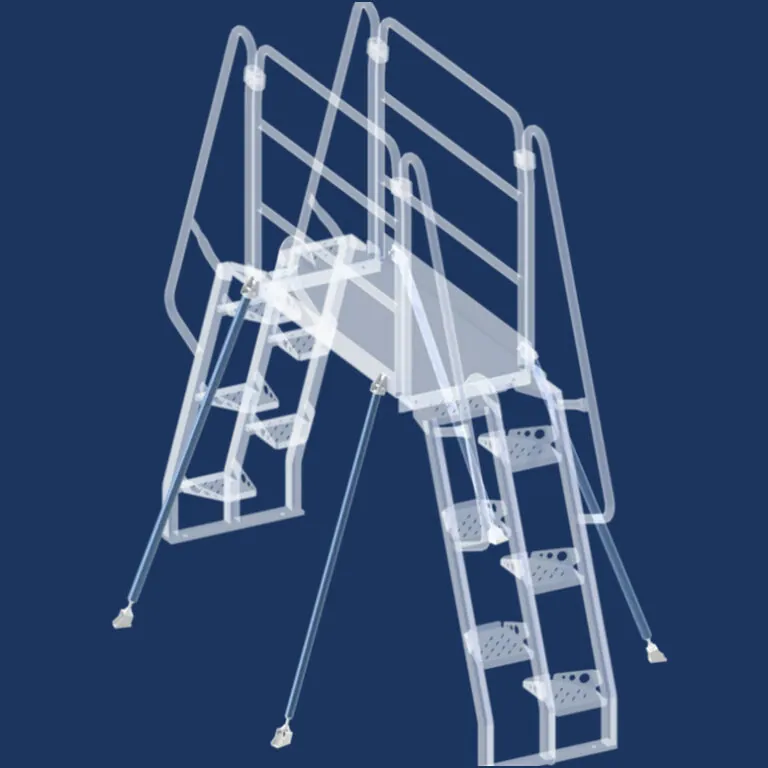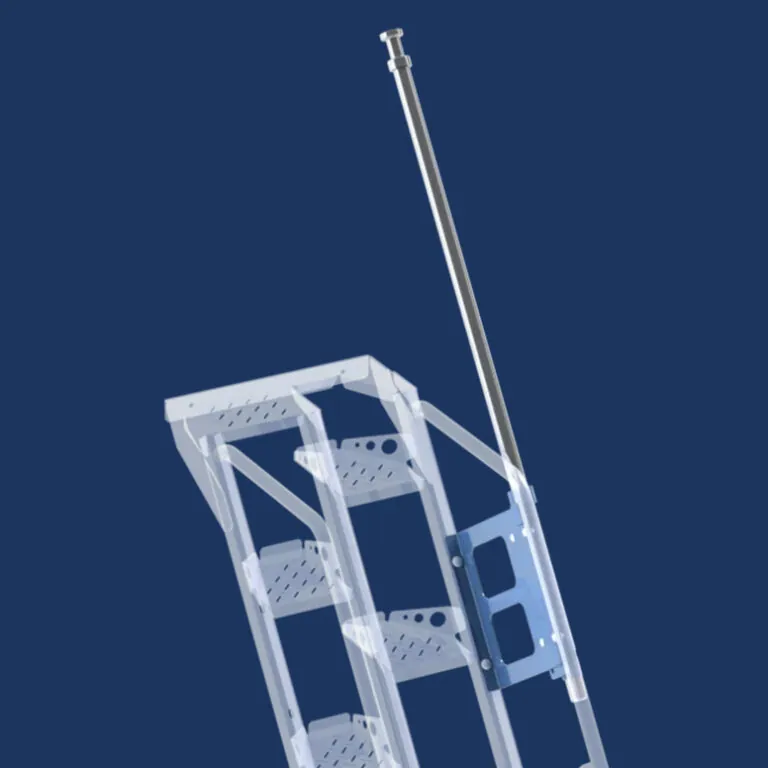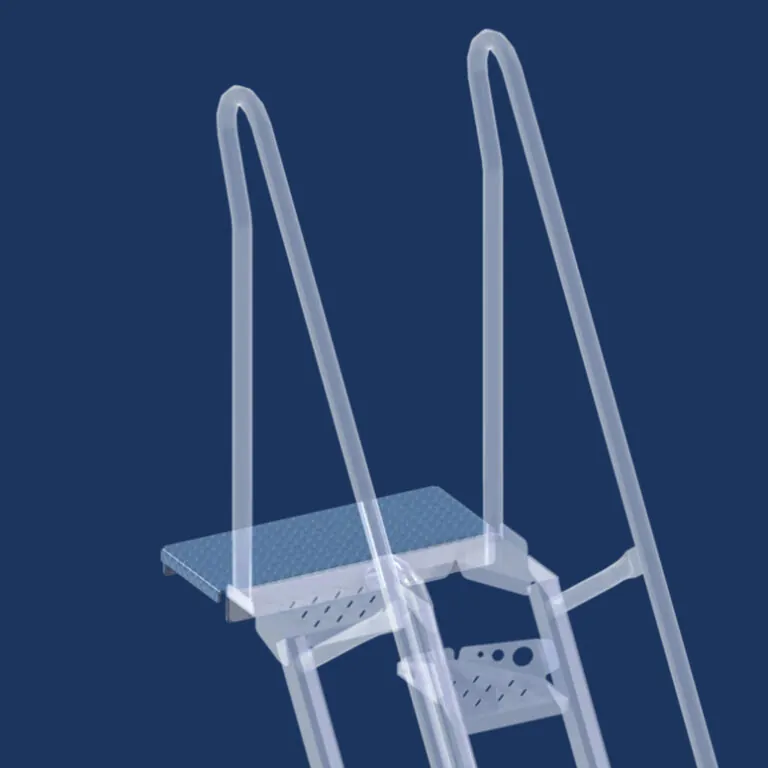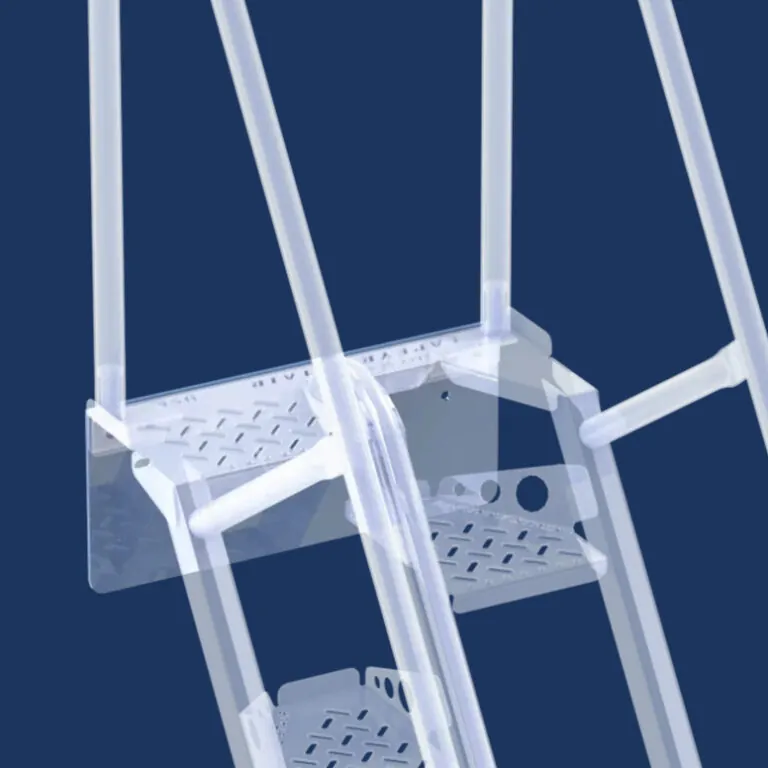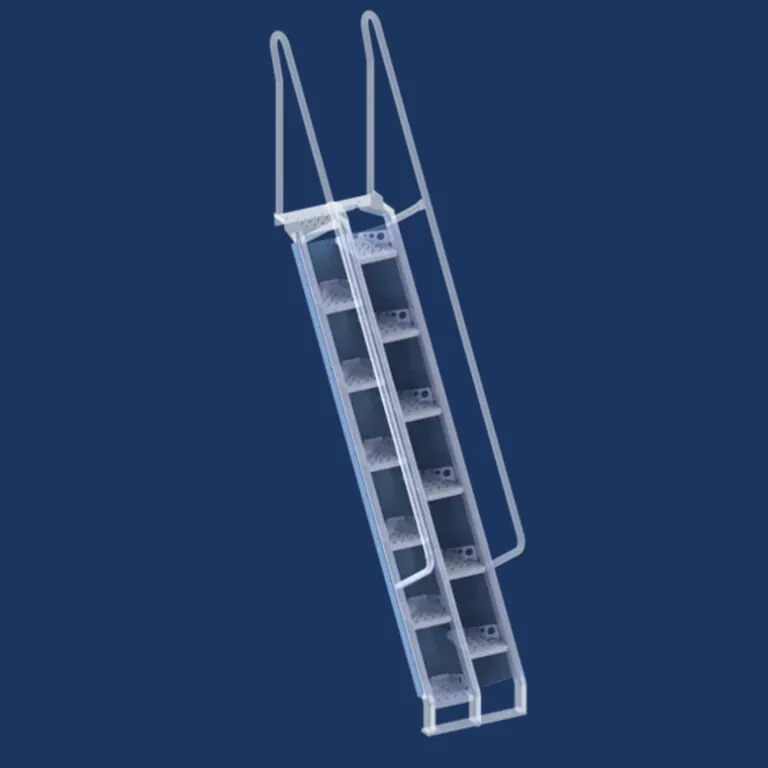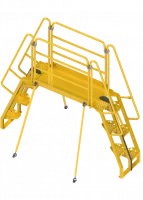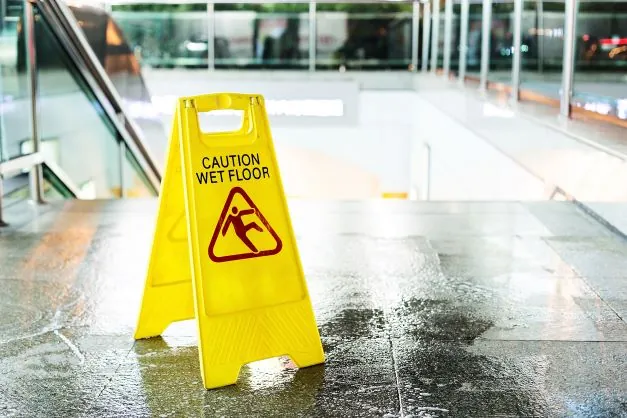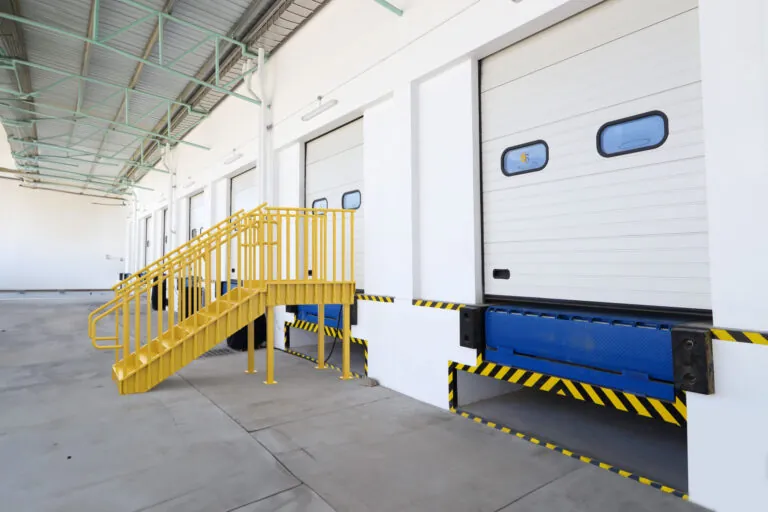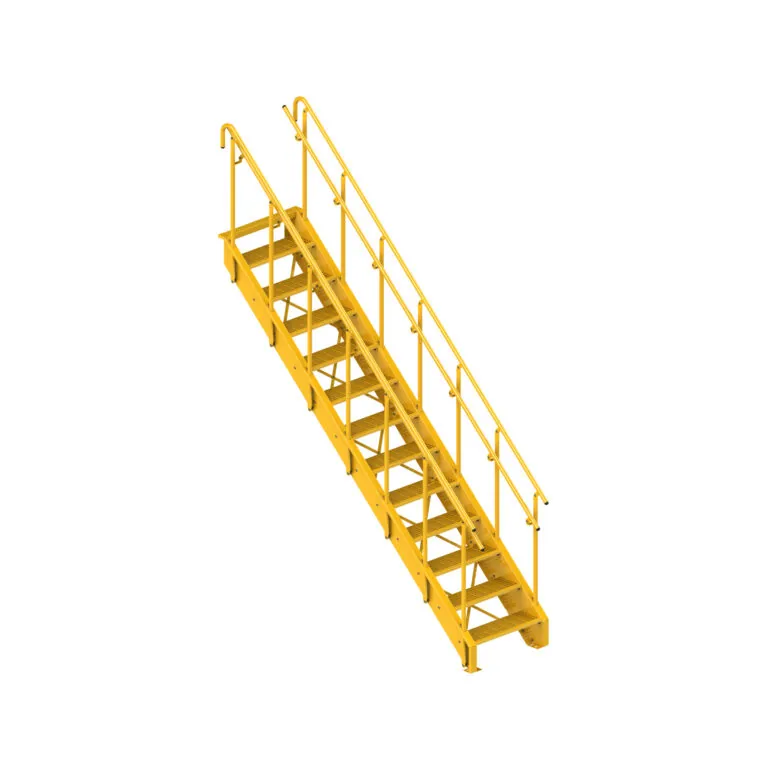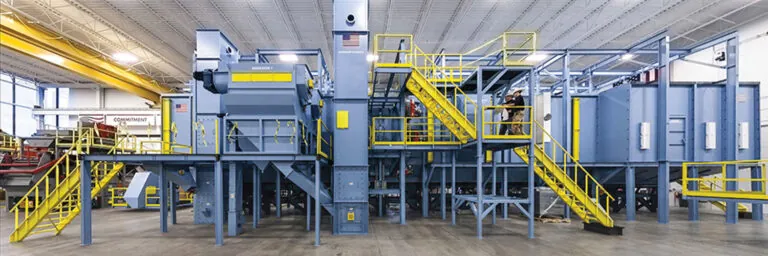Preventing slips, trips, and falls in the workplace should be a priority for every company. According to the National Safety Council, slips, trips and falls are the second leading cause of injuries involving days away from work. Each year, nearly 250,000 employees miss an average of 13 days of work from sprains, strains, and tears resulting from these accidents.
How to prevent slips, trips, and falls in the workplace
It’s easy to slip, trip, or fall while at work for any number of reasons. However, slip, trip, and falls prevention measures can be relatively simple to implement. The list below describes how to prevent slips, trips, and falls in the workplace.
- Establish a risk assessment plan
- Install stair treads
- Maintain clean and dry walking surfaces
- Provide floor markings
- Utilize warning signs
- Remove obstacles
- Provide adequate lighting
- Insist on correct footwear
- Repair uneven or damaged walkways
- Ensure staircases have proper handrails
1. Establish a risk assessment plan: the key to slips, trips and fall prevention
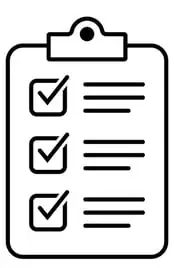 A risk assessment plan should be the first step in slips, trips, and falls prevention. Such a plan will help companies identify potential causes for slips, trips, and falls and the risk of these events occurring. The process includes a thorough inspection of the workplace to identify potential hazards and subsequent implementation of safety procedures to prevent slips, trips, and falls. Use an OSHA walking surface checklist to help assess walking surfaces. Risk assessment should be done on a regular basis – at least annually. Companies should consider reexamining their risk assessment plan before implementing new activities or processes or changing them.
A risk assessment plan should be the first step in slips, trips, and falls prevention. Such a plan will help companies identify potential causes for slips, trips, and falls and the risk of these events occurring. The process includes a thorough inspection of the workplace to identify potential hazards and subsequent implementation of safety procedures to prevent slips, trips, and falls. Use an OSHA walking surface checklist to help assess walking surfaces. Risk assessment should be done on a regular basis – at least annually. Companies should consider reexamining their risk assessment plan before implementing new activities or processes or changing them.
2. Install stair treads
Many slips, trips, and falls at work happen on stairs. To increase traction and reduce the potential for accidents, stair treads can be covered with a light-weight, bolt-on tread cover with a permanent, abrasive polyurethane coating. Installing outdoor non-slip stair treads, such a diamond plate, bar grating and grip treads, can also provide a safer walking surface to prevent people from falling down stairs.
3. Maintain clean and dry walking surfaces for ultimate slip prevhttps://www.lapeyrestair.com/products/additional-products/nonslip-treadsention
Good housekeeping practices can go a long way in combating slips, trip and falls in the workplace. Wet, dusty or debris covered floors have less traction than clean and dry ones and are, therefore, more likely to result in slips, trips and falls. Mopping up spills immediately and sweeping up regularly can help prevent mishaps.
Outdoor walking surfaces, such as sidewalks and parking lots, can also be hazardous if not maintained properly. For slip prevention, these surfaces should be cleaned up after rain to remove wet leaves, branches or other debris that can cause slips, trips and falls. Snow and ice, which can make for especially treacherous footing, should be treated or removed as soon as possible.
4. Provide floor markings
Visual signals, such as floor markings, can direct workers around hazardous areas where they may be prone to slips, trips and falls. While paint was widely used in the past for floor markings, floor tape is more commonly seen in the modern workplace. Floor tape is available in a variety of colors. Reflective floor tape can be key to avoiding slips, trips and falls in low light environments. Non-skid floor tape can help improve traction while marketing areas to avoid.
5. Utilize warning signs to indicate trip hazards
Like floor markings, warning signs can also be used to visually inform workers about potential slip, trip and fall dangers. Every workplace should have “Wet Floor” signs on hand to indicate wet areas that have just been mopped, equipment is leaking or moisture is being tracked in from outside. Other warning signs such as “Uneven Floors” or “Watch Your Step” can be used to warn workers to be cautious when approaching areas with uneven flooring or other trip hazards.
6. Remove obstacles to prevent trips at work
An easy way to help avoid slips and trips at work is to remove obstacles from the floor and make sure all pathways are clear. In office areas, briefcases, purses, boxes and files can cause slips, trips and falls if left on the floor. Electric cords, cables and wires can also be obstructions if not secured and tucked out of the way. In work areas, keep walking surfaces clear of materials and equipment to prevent slips, trips and falls.
7. Provide adequate lighting
It’s hard to avoid slip, trip and fall hazards in areas with poor lighting where workers can’t see where they are going. Adequate lighting in all areas of the workplace, inside and out, will help reduce the risk of accidents. A well-lit staircase can help prevent workers from falling down stairs, which can cause serious injuries. Make sure all hallways, walkways, sidewalks and work areas have sufficient lighting. Remind workers to turn on the lights before going into a dark area and be sure replace light bulbs in a timely manner.
8. Correct footwear assessment
Workplaces that require certain footwear as part of a dress code or safety shoes should be sure to enforce the policy to help avoid slips, trips, and falls. Even in office environments, shoes with slippery soles should be avoided to prevent accidents from occurring. Encourage all employees to wear proper footwear that provides sufficient traction to avoid slipping, tripping or falling on slick carpeting or wet surfaces.
9. Repair uneven or damaged walkways
Uneven walking surfaces in work environments can cause a slip, trip or fall hazard for employees when they are least expecting it. The same goes for sidewalks and parking lots with uneven surfaces or potholes. Be sure to repair any damaged walking surfaces as soon as possible to avoid both accidents and injuries.
10. Avoid improper use of ladders
Ladders are a leading cause of injuries and falls in the workplace. To address this issue, OSHA revised its Walking-Working Surfaces standards in 2017. Under these rules, fixed vertical ladders are not allowed to be used for routine operational use. Employees should not carry items up or down the ladder. Instead, standard stairways should be provided, and for tight spaces, alternating tread stairs are the safest way to access routine operations.
11. Ensure staircases have proper handrails
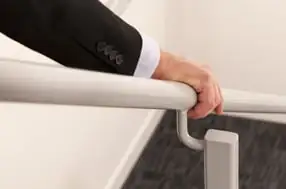 All workplace staircases, even short ones, should have proper handrails. Encouraging employees to use a handrail is the easiest way to prevent them from falling down the stairs. Even if workers are carrying something up or down the stairs, they should have one hand on the railing.
All workplace staircases, even short ones, should have proper handrails. Encouraging employees to use a handrail is the easiest way to prevent them from falling down the stairs. Even if workers are carrying something up or down the stairs, they should have one hand on the railing.
How slips, trips and falls occur
While the terms slips, trips and falls are often used interchangeably, they are actually three different types of workplace accidents. Slips occur when a person loses their balance or footing without coming into contact with an object. Trips happen when a worker’s foot, leg or body comes into contract with an object that causes them to lose their balance. Falls result in a person coming to rest accidentally on the floor or a lower level. Both slips and trips can cause falls, but falls can also result from missing handrails or guardrails.
What is the most common cause of slips, trips and falls?
A variety of obstacles and conditions can cause slips, trips and falls. Loss of traction, from conditions such a wet floors, ice or snow, is the leading cause of slips in the workplace. Most trips occur due to obstacles in the walkways. Falls can result from both trips and slips, but also from a lack of safety features on staircases and upper levels. Ladders account for the majority of falls from a lower level.
Why slip, trip and fall prevention is important
Slip, trip and fall prevention is vital to avoiding serious and costly injuries in the workplace. Approximately 25% of all reported workplace injuries are due to slips, trips and falls. Almost all of these workplace injuries can be prevented through proper design, use, and maintenance of walking surfaces.
Often these types of accidents often result in only minor injuries, such as scratches and bruises. However, more serious conditions, including broken bones and head injuries can also occur from slips, trips and falls. Not only do these accidents affect the health and wellness of workers, but they are also costly to employers. According to the 2019 Liberty Mutual Workplace Safety Index, slips trips and falls cost employers more than $17.5 billion a year.
Slip and fall prevention checklist
Slip and fall prevention in the workplace doesn’t have to be difficult or time consuming. Below are a few ways to ensure workplace safety every day.
- Keep floors and walking surfaces clean and dry
- Remove obstacles from walkways
- Use floor markings and warning signs to mark potential hazards
- Ensure all work areas and walkways have sufficient lighting.
- Repair uneven floors and walking surfaces immediately.
- Avoid ladders for routine operations.
Preventing slips and falls in the workplace: Key takeaways
The causes of slips, trips and falls in the workplace are many. However, most of these accidents can be avoided by taking steps to ensure worker safety. Preventing slips and falls in the workplace not only keeps employees safe but also saves companies the expense of paying for costly injuries.
Slip trip and fall safety FAQs
What height is a trip hazard?
As defined by the Americans with Disabilities Act (ADA) of 1990, a trip hazard is as any vertical change of over 1/4 inch or more at any joint or crack. Common trip hazards include clutter, cracks in concrete, and hoses, cables, or wires left in walkways.
What can improve traction on floors that are frequently wet?
Placing slip resistant floor mats on surfaces that are frequently wet can help improve traction. Also requiring workers to wear shoes with anti-slip soles will help improve traction on slippery surfaces. Installing anti-slip flooring like serrated bar grating can also help improve slip, trip and fall safety.
What is the difference between a slip and a trip?
A slip occurs when a person loses their balance without coming into contact with an object, while a trip happens when a person’s foot or leg contacts an item causing them to lose their balance. Slips are usually caused by slick surfaces, while trips are caused by protruding objects.

